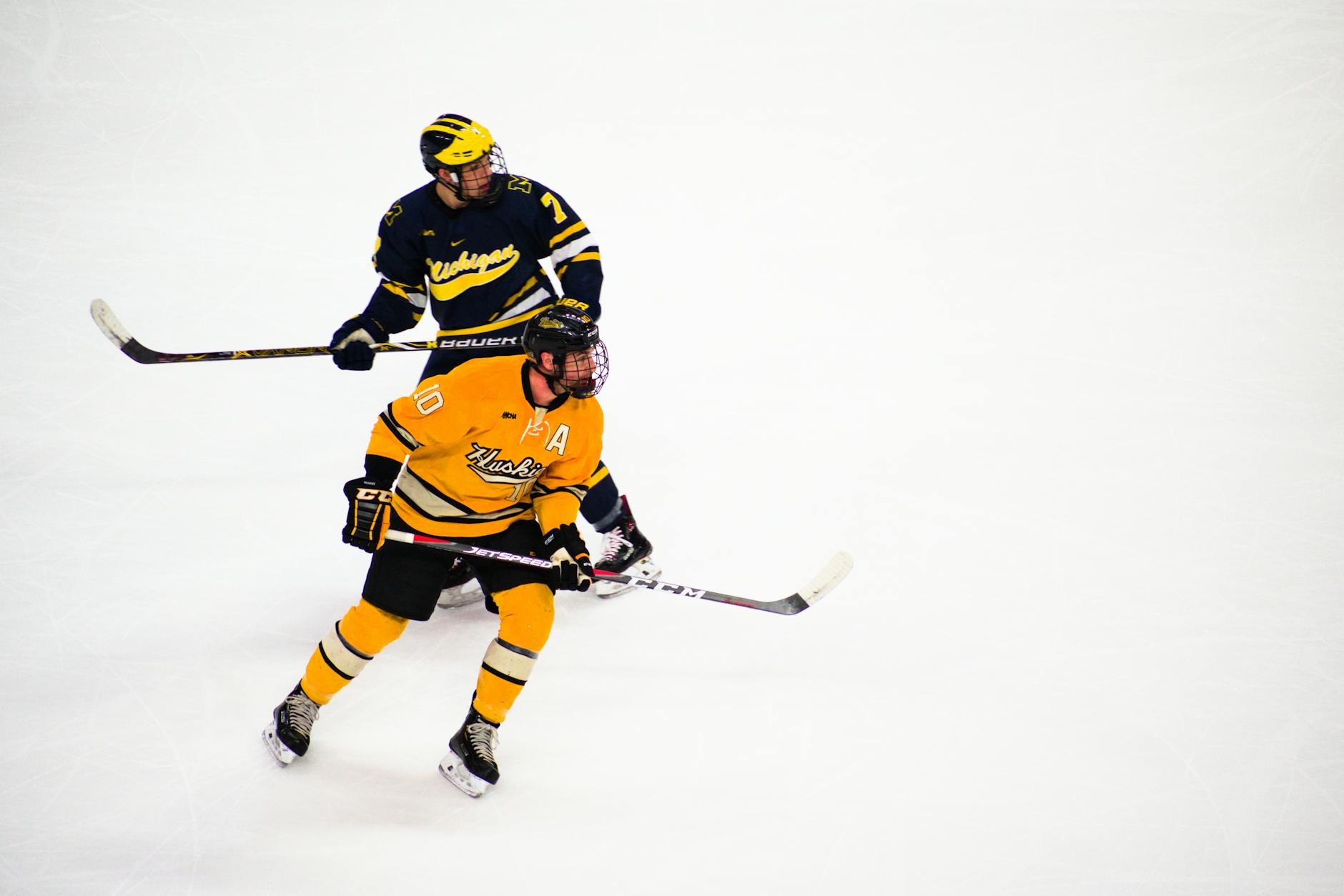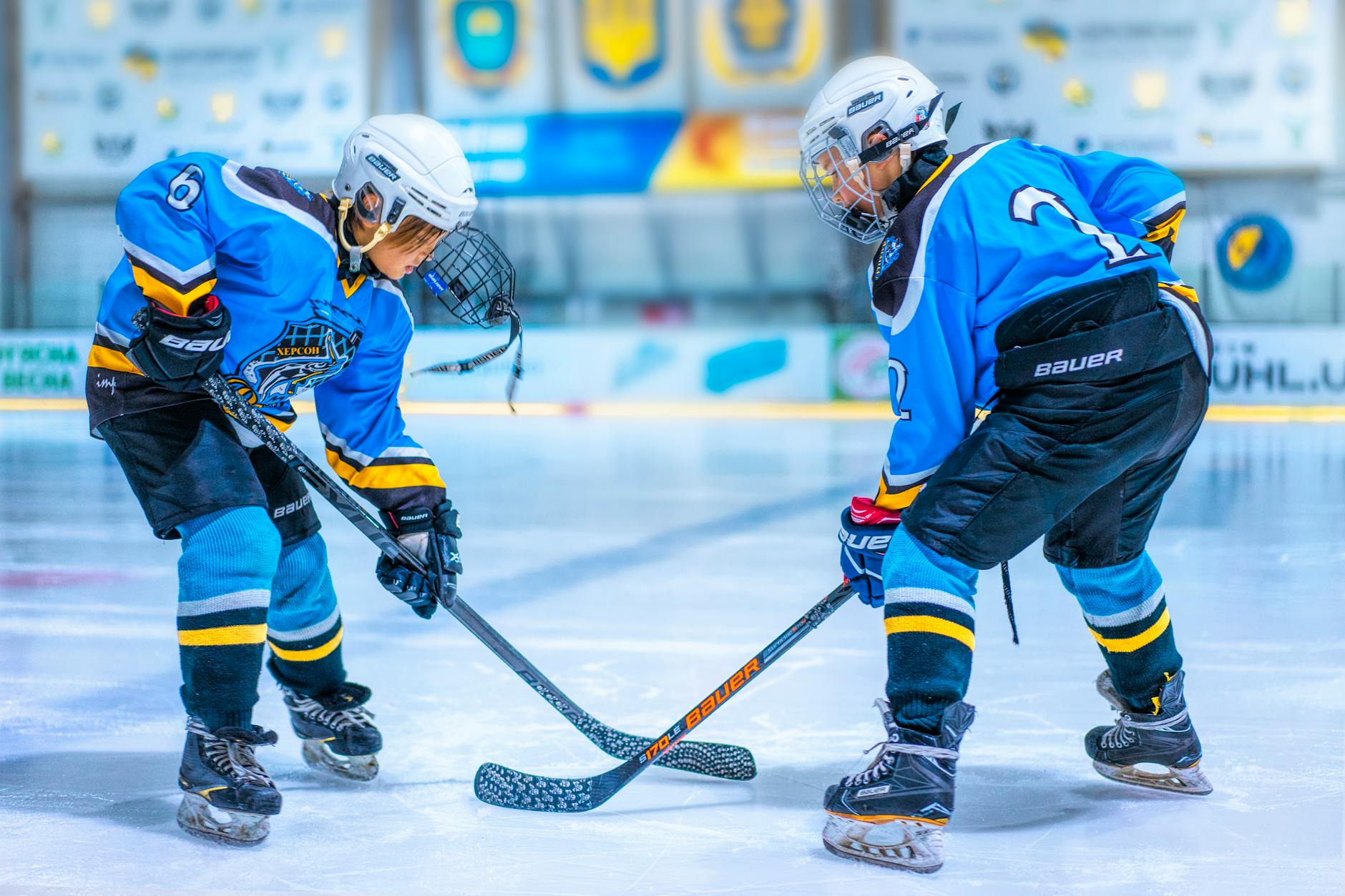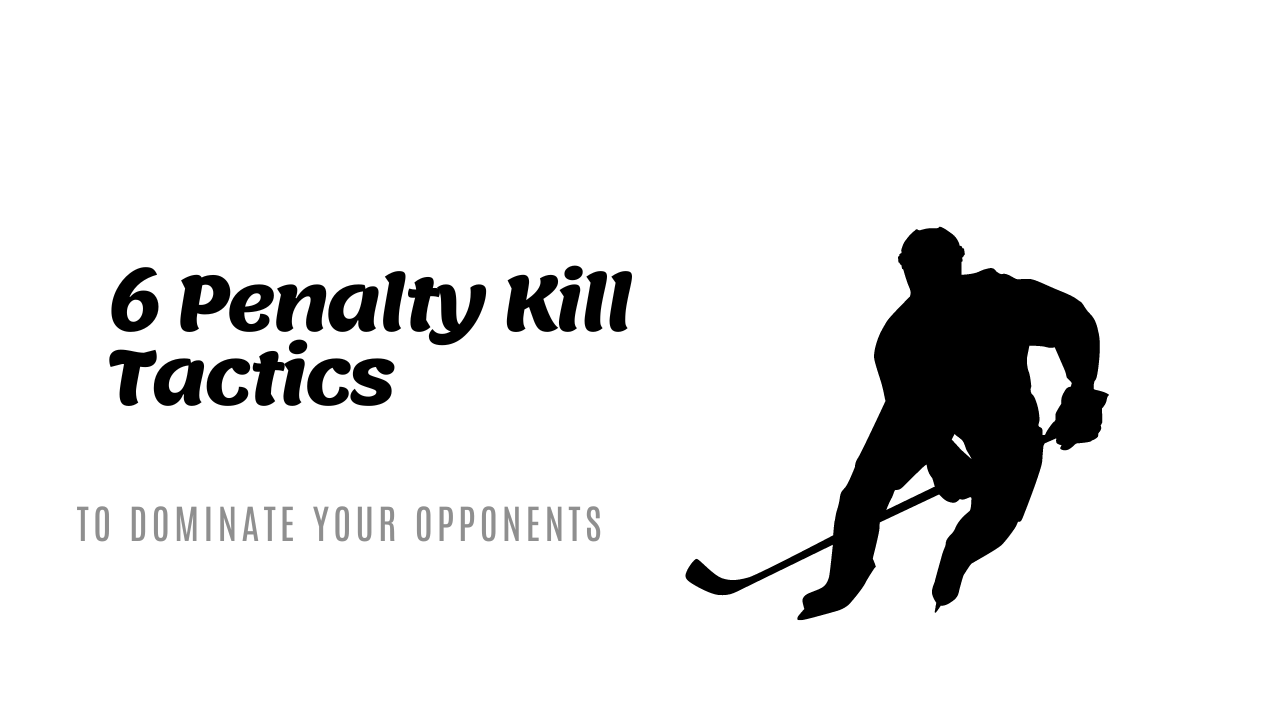Mastering penalty kill tactics can transform a game, turning a disadvantage into an edge. You face a challenge every time you’re down a player, but with the right strategies, you can effectively counter the power play and limit scoring chances. In this post, you’ll dive into key tactics and learn how to apply them, from positioning to aggressive forechecking.
Elevate your game by understanding what makes a penalty kill successful and how you can contribute to your team’s defensive strength. Let’s break down the skills and tactics needed to excel when you’re one man short.
Common Penalty Kill Strategies
Penalty killing is a crucial aspect of hockey, requiring strategic formations to defend against power plays effectively. Teams deploy various tactics to neutralize the opponent’s advantage and prevent goals while shorthanded. Let’s delve into three common penalty kill strategies used in hockey:
The Diamond Strategy
The Diamond penalty kill formation involves positioning four players in a diamond shape to pressure the puck carrier and disrupt passing lanes. The top player applies pressure, while the other three form a diamond to cover the high slot and defend against cross-ice passes. This formation aims to force the opponent into making rushed decisions and capitalize on turnovers to clear the puck.
Image:
 Photo by Lynda Sanchez
Photo by Lynda Sanchez
The Box Strategy
The Box penalty kill formation focuses on forming a box-like structure with players positioning themselves to protect the net and block shooting lanes. This strategy emphasizes containing the opposing team’s players along the boards and limiting their options near the goal. While the Box formation provides solid defensive coverage, it can leave the high slot area vulnerable to shots if not executed correctly.
The Wedge+1 Strategy
The Wedge+1 penalty kill strategy combines the wedge or triangle formation with an additional player tasked with disrupting passing lanes and applying pressure on the puck carrier. This hybrid approach aims to combine the strengths of both the Diamond and Box formations by maintaining defensive structure while actively challenging the opponent. The Wedge+1 strategy requires precise coordination and communication among players to anticipate plays effectively.
By understanding and mastering these penalty kill strategies, hockey players can enhance their defensive skills and contribute to their team’s success on the penalty kill. Each formation offers unique advantages and challenges, requiring adaptive gameplay and strategic decision-making to outsmart the opposition.
Whether adopting the Diamond, Box, or Wedge+1 strategy, disciplined execution and effective communication are essential to nullifying power plays and maintaining defensive solidity in hockey games.
Effective Penalty Kill Tactics
Penalty Kill Tactics are crucial in hockey, requiring a combination of skill, strategy, and teamwork. When your team is down a player, you must employ specific tactics to defend against the opposing team’s power play efficiently.
Shot Blocking and Clearing
Shot blocking and effective puck clearing play a vital role in successful penalty kills. Blocking shots with your body or stick can disrupt the opponent’s momentum, giving your team a chance to regain possession and clear the puck out of danger. By sacrificing your body to block shots, you reduce the chances of the opposing team scoring and create opportunities to transition back to full strength.
Quick and precise puck clearing is equally essential, as it prevents the opponent from setting up scoring opportunities and allows your team to reset and control the game’s pace.
Pressure and Aggression
Pressure and aggression are key elements in disrupting the opponent’s power play during penalty kills. Applying pressure on the puck carrier forces them to make quick decisions under duress, leading to turnovers and rushed plays. Aggressively challenging the opposing team’s passes and movements can create turnovers and limit their time and space to set up scoring chances. By maintaining a relentless defensive presence through pressure and aggression, you can disrupt the opponent’s flow and regain control of the game.
Limiting Scoring Opportunities
To effectively limit the opposing team’s scoring opportunities while shorthanded, strategic positioning and communication are essential. By maintaining a compact defensive formation and anticipating the opponent’s movements, you can block passing lanes and shots on goal. Coordinated efforts to collapse around the net, box out opposing players, and support your goaltender can help minimize high-quality scoring chances.
Additionally, employing active sticks, quick transitions, and smart decision-making can further reduce the likelihood of the opponent capitalizing on the power play advantage.
Photo by Oleksandr P 
Player Roles and Responsibilities
In penalty kill scenarios, each player on the ice has crucial roles and responsibilities that contribute to the team’s success in thwarting the opposing power play. Understanding these roles is key to effective penalty killing strategies.
Goaltender’s Role
The goaltender plays a vital role in penalty kill situations, acting as the ultimate line of defense against the opposing team’s power play unit. Positioning is critical for the goaltender during penalty kills. They need to be adept at reading the play, anticipating shots, and making timely saves to keep the puck out of the net. The goaltender’s ability to control rebounds and communicate effectively with the defensemen is essential for a successful penalty kill.
Defensemen and Forwards Duties
Defensemen and forwards play distinct but interconnected roles when killing penalties. Defensemen are responsible for protecting the front of the net, blocking shots, and disrupting passing lanes. Their physical presence and shot-blocking abilities are crucial in penalty kill situations. Forwards, on the other hand, need to pressure the opposing team’s defensemen, force turnovers, and create shorthanded scoring opportunities. Quick footwork, active sticks, and smart positioning are key aspects of forwards’ duties during penalty kills.
Photo by Patrick Case
Innovative Penalty Kill Tactics
When it comes to penalty kill tactics, innovation is key to staying ahead of the game and maximizing your team’s chances of success. Let’s dive into two innovative strategies that can give your team the edge in penalty kill situations.
Adapting to Opponent Strategies
Facing different power play setups requires adaptability and quick thinking. By analyzing your opponent’s strategies during a power play, you can identify their weaknesses and adjust your penalty kill tactics accordingly. Whether it’s a diamond formation, umbrella formation, or overload power play, being able to adapt on the fly is crucial.
One effective counter-strategy is to apply pressure on the puck carrier to force turnovers and disrupt passing lanes. By anticipating your opponent’s next move and making strategic adjustments, you can effectively neutralize their power play and turn the tide in your team’s favor.
Creating Short-Handed Offense
Turning penalty kill situations into offensive opportunities is a game-changer. Teams that excel at short-handed offense can catch their opponents off guard and capitalize on scoring chances even when down a player. Quick transitions, smart plays, and aggressive forechecking are key elements of creating short-handed offense.
By maintaining a high level of aggressiveness and looking for openings to capitalize on your opponent’s mistakes, you can not only kill penalties effectively but also put pressure on the opposing team and potentially score short-handed goals.
 Photo by Ron Lach
Photo by Ron Lach
Conclusion
Penalty kill tactics are essential for any hockey team. The key strategies include maintaining an active box, pressuring the puck, and clearing the zone efficiently.
Focus on communication and teamwork. Stay aggressive, but don’t overcommit. Use these tactics to improve your game and give your team a better chance to win.
Implement these strategies on the ice and watch your penalty kill success rate soar. Keep practicing and perfecting your skills. Your hard work will pay off.

